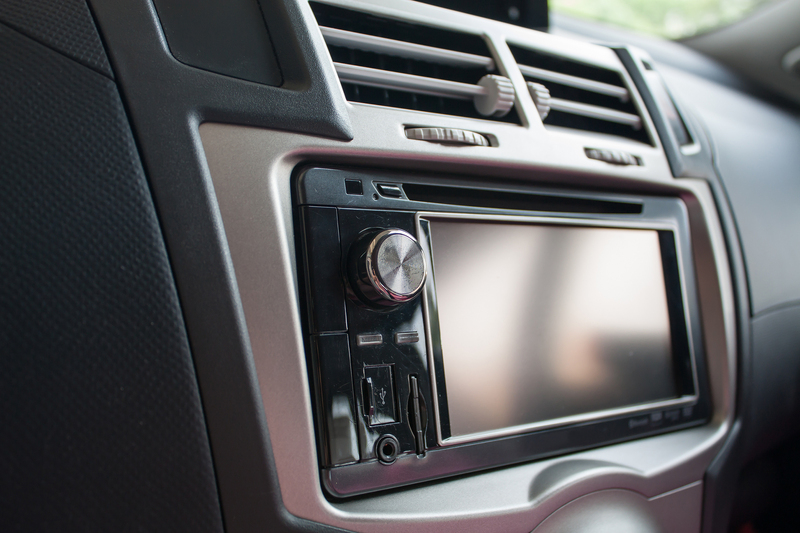Moving Indoor Plants: Do's and Don'ts
Posted on 07/01/2025
Moving can be a stressful and overwhelming experience, especially when it comes to relocating your beloved indoor plants. These green companions not only add beauty and life to your home but also provide numerous health benefits. Therefore, it is important to take extra care while moving them to ensure they survive the transition.
In this article, we will discuss the do's and don'ts of moving indoor plants, along with some tips and takeaways to make the process smoother for you and your plants.
Do's:
1. Plan ahead
Moving is a hectic task, hence it is important to plan ahead when it comes to your plants. Determine where they will be placed in your new home and make a list of all the necessary packing materials such as pots, soil, boxes, etc.
2. Prune and repot
Before the move, prune your plants by removing any dead or damaged leaves and branches. This will not only make them easier to transport but also encourage new growth. Repotting larger plants into lightweight plastic containers will make them easier to carry.
3. Water well
A day before the move, water your plants thoroughly as this will help them retain moisture during transit. However, avoid overwatering as this can lead to root rot.
4. Protect from direct sunlight
During transportation, keep your plants away from direct sunlight as it can harm them due to high temperatures and dehydration. Wrap delicate foliage in damp paper towels or newspaper for added protection.
5. Label and pack carefully
Label each plant with its name and care instructions using waterproof markers or tape. Wrap smaller plants in damp paper towels before placing them in boxes with ventilation holes. For larger plants, secure their foliage with stakes or ties and cover the pots with plastic bags to prevent soil spillage.

Don'ts:
1. Leave plants unattended
Do not leave your plants unattended during the move. Exposure to extreme temperatures and lack of care can cause them irreversible damage.
2. Transport in an open vehicle
Transporting plants in an open vehicle, such as a truck bed, can expose them to wind and dust, leading to wilting and pests. It is best to transport them inside a car or covered truck for protection.
3. Store in a hot or cold environment
Avoid storing plants in extremely hot or cold environments during transit. Drastic changes in temperature can cause shock and lead to the death of your plants.
4. Pack with other items
Do not pack your plants with other household items as they may get crushed or damaged. Keep them separate and ensure they are secure in their boxes.
Tips:
1. Use a plant dolly
For larger and heavier plants, use a plant dolly to make transportation easier and safer for both you and your plant.
2. Check for pests
Before moving your plants into your new home, be sure to check for any pest infestations. This will prevent the spread of pests to other plants in your new space.
3. Acclimate gradually
Plants need time to acclimate to their new environment, so avoid exposing them to direct sunlight or extreme temperatures immediately after arrival.
Takeaways:
- Plan ahead and prepare all packing materials beforehand.
- Protect your plants from direct sunlight and extreme temperatures during transit.
- Label and pack carefully, avoiding overcrowding and damage.
- Take extra precautions for larger and delicate plants.
- Acclimate gradually to the new environment.

Pros and Cons:
Moving indoor plants can be challenging but there are numerous benefits to taking them with you to your new home. They not only add aesthetic appeal but also provide health benefits by purifying the air and reducing stress levels.
However, it is important to keep in mind that some plants may not survive the transition due to shock or inadequate care. In such cases, it may be best to give them away or find them a new home.
Conclusion:
Moving your indoor plants can be a daunting task, but by following these do's and don'ts, as well as implementing the tips and takeaways, you can ensure that your plants make a safe and healthy journey to their new home.
Remember to plan ahead, protect your plants during transit, and give them time to acclimate to their new environment. With proper care and attention, your green companions will continue to thrive and brighten up your new living space.







